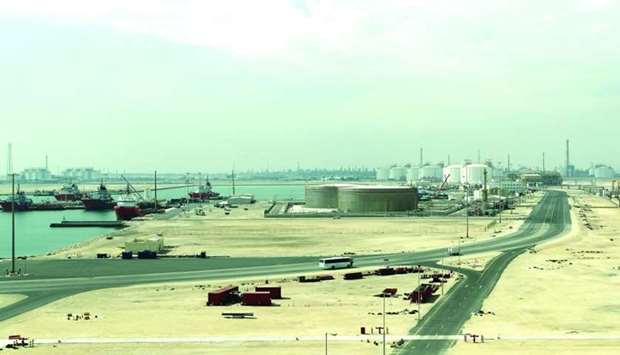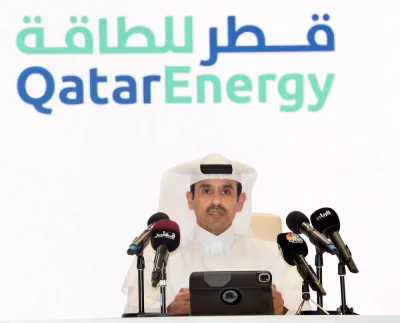The volume of LNG trade will increase by around 240mn tonnes per year (tpy), reaching 498.5mn tpy in 2040, Doha-based Gas Exporting Countries Forum has said in a report.
Currently it is ‘LNG Boom’ period for the global gas industry, which GECF said would last until 2020. The outlook for LNG export growth is very promising, with an average annual growth rate of 2.8%. The largest contributors to this increase are Australia and the US.
According to the GECF, a boom in LNG trade is seen in the coming years in view of the expansion of Qatar’s LNG industry as well as in other GECF member countries in addition to liquefaction facilities coming online in the US and Australia. Rapidly expanding production and trade of pipeline gas and, especially, liquefied natural gas (LNG) has been observed in recent years.
In 2016, global trade of LNG totalled 257.7mn tonnes (MT) — a 15MT increase from the previous year, GECF said in its ‘GECF Global Gas Outlook 2017’.
In the medium-term, GECF sees LNG trade soaring to 356mn tpy by 2020 — approximately 100mn tpy more than seen in 2016, when trade totalled 258mn tpy. Most of this boom will come from additional capacity in Australia and the US.
In the early 2010s, the Middle East was the biggest LNG exporter globally, with more than one-third of the region’s LNG volumes being exported from Qatar, Oman, the UAE, and Yemen. However, capacity expansion in other regions has eroded its share of the market.
It is forecast that, by the end of 2020, only 28% of total LNG exports will come from the Middle East. However, there is optimism over developments which will increase absolute levels of exports in the region: de-bottlenecking of existing capacity and capacity additions announced in Qatar by 30%; recovering LNG capacity in Yemen; and the entrance of Iran into the LNG export market.
The developments in Qatar and Iran will increase the region’s share of LNG exports to more than 30% by 2025.
The share of the GECF countries will drop from 59% in 2016 to 47% in 2020, recovering to around 52% by 2025 and reaching 50% by 2040.
From the demand side, OECD Asia-Pacific will remain the biggest LNG importing region, led by Japan and South Korea. It is anticipated that it will import around 144mn tpy of LNG by 2040, around 25mn tpy above current values. This regional share will level-off to 29% by the end of the forecast period.
The GECF also said that unconventional natural gas resources would play an increasingly greater role in global supply. The outlook projects that the share of unconventional gas in total gas production will rise from approximately 16% today, to more than 30% in 2040.
A low-carbon future is emerging as a key concern for the international community, especially with the adoption of the Paris Agreement in December 2015, the GECF noted.
This agreement has galvanised the energy community, with more than 190 countries pledging to mitigate their greenhouse gas (GHG) emissions through Intended Nationally Determined Contributions (INDCs).
Paving the way to a low carbon future must take into account the compatibility of CO2 mitigation with sustainable development, including its economic, social, and environmental dimensions, the outlook said.

This file photo taken on February 6, 2017 shows the Ras Laffan Industrial City, Qatar's principal site for production of liquefied natural gas and gas-to-liquid, some 80km north of Doha. According to the GECF, a boom in LNG trade is seen in the coming years in view of the expansion of Qatar’s LNG industry as well as in other GECF member countries in addition to liquefaction facilities coming online in the US and Australia.
* Current ‘LNG Boom’ period to continue until 2020; Qatar, GECF countries to drive LNG trade



